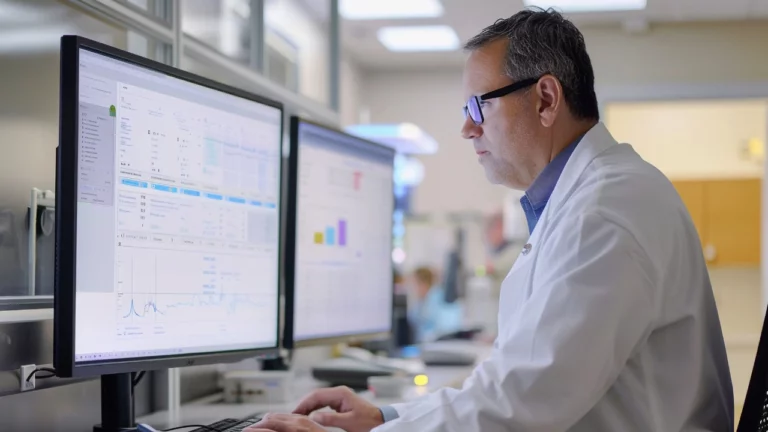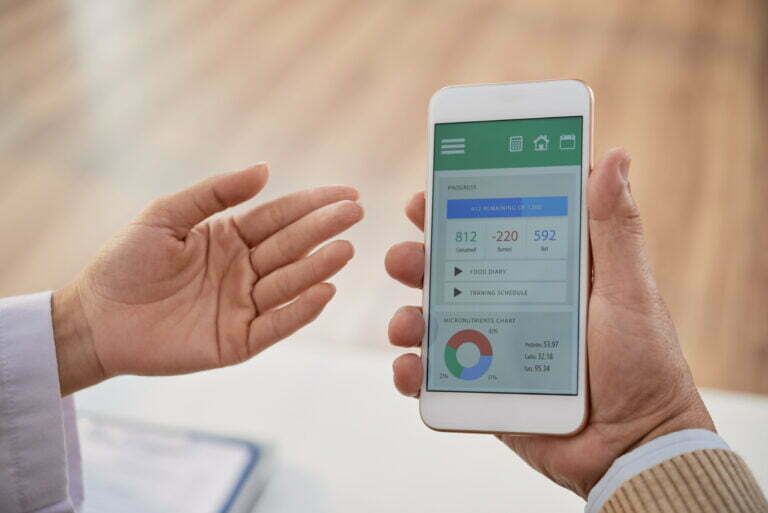Remote Patient Monitoring has become a transformative technology in the healthcare industry, promising improved patient care and substantial cost savings. To maximize the benefits of Remote Patient Monitoring reimbursement, it is crucial for healthcare providers to demonstrate its value proposition. Health economic analysis is vital in this regard, offering a structured approach to evaluate the cost-effectiveness and overall economic impact of Remote Patient Monitoring (RPM) systems.
Understanding Health Economic Analysis
Health economic analysis systematically evaluates the costs and outcomes associated with healthcare interventions. Key methodologies include cost-effectiveness analysis (CEA), cost-utility analysis (CUA), and cost-benefit analysis (CBA). These approaches quantify the value of medical technologies like Patient Monitoring by comparing incurred costs to the achieved health benefits. This evaluation is essential for making informed decisions about resource allocation and substantiating claims for reimbursement.
Demonstrating the Value Proposition of RPM
Cost-Effectiveness
Full economic evaluations identified RPM as a potentially cost-effective tool, particularly for long-term cardiovascular disease (CVD) management According to National Library of Medicine. It can reduce healthcare costs while improving patient outcomes. Continuous monitoring of patients, particularly those with chronic conditions, can significantly decrease hospital readmissions and emergency room visits. Health economic analysis quantifies these cost savings, showing that investment in RPM technology results in substantial financial returns through reduced acute care expenditures.
Improved Health Outcomes
Also, it enhances clinical outcomes by enabling early detection of health issues, timely interventions, and better management of chronic diseases such as diabetes, hypertension, and heart failure. Cost-utility analysis can measure the improvements in quality-adjusted life years (QALYs) attributable to patient engagement monitoring. This data is crucial in demonstrating the value in promoting better health outcomes, a key consideration for payers.
Economic Evaluation
A comprehensive economic evaluation through health economic analysis provides insights into the long-term financial impact of RPM. By analyzing the total cost of ownership, including initial investment, maintenance costs, and potential savings from avoided hospitalizations, stakeholders can present a compelling economic justification for RPM. This holistic approach highlights the financial sustainability of RPM, making it an attractive proposition for healthcare payers.
Reimbursement Strategies for RPM
Securing reimbursement for RPM services requires a strategic approach that leverages health economic analysis. Healthcare providers need to stay updated on the latest billing codes and reimbursement guidelines. For example, the Centers for Medicare & Medicaid Services (CMS) have introduced specific billing codes for RPM, such as CPT codes 99453, 99454, 99457, and 99458, covering setup, monitoring, and management of RPM services. Aside from Medicare, there are also private insurance companies that provide reimbursement for RPM services with different coverage options and payment modes.
To optimize remote patient monitoring reimbursement, healthcare providers should:
1. Align with Value-Based Care Initiatives
Value-based care models prioritize patient outcomes and cost-efficiency. By aligning RPM services with these initiatives, providers can demonstrate how RPM contributes to achieving value-based care goals. Health economic analysis provides the evidence needed to substantiate these claims, highlighting the alignment between RPM and value-based reimbursement frameworks.
2. Leverage Data Analytics
Robust data analytics are essential for tracking the performance and outcomes of RPM programs. Providers should utilize advanced analytics to gather and analyze data on patient outcomes, cost savings, and overall program efficacy. This data-driven approach enables healthcare providers to present a compelling case to payers, showcasing the tangible benefits of RPM.
3. Engage Stakeholders
Effective communication with stakeholders, including payers, patients, and policymakers, is crucial for successful reimbursement of RPM services. Presenting findings from health economic analysis clearly and concisely helps build a strong case for the economic and clinical value of RPM. Stakeholder engagement also helps in identifying and addressing concerns related to the adoption and reimbursement of Digital Health Technology.
Health economic analysis is indispensable in demonstrating the value proposition of Remote Patient Monitoring reimbursement. By rigorously evaluating the cost-effectiveness, improved health outcomes, and overall economic impact of Remote Patient Monitoring, healthcare providers can make a compelling case for its adoption and reimbursement. As the healthcare landscape evolves, leveraging health economic analysis will be key to unlocking the full potential of RPM, ensuring better patient care and financial sustainability. By focusing on these strategies and using insights from health economic analysis, healthcare providers can effectively navigate reimbursement complexities and drive broader adoption of RPM technologies.








